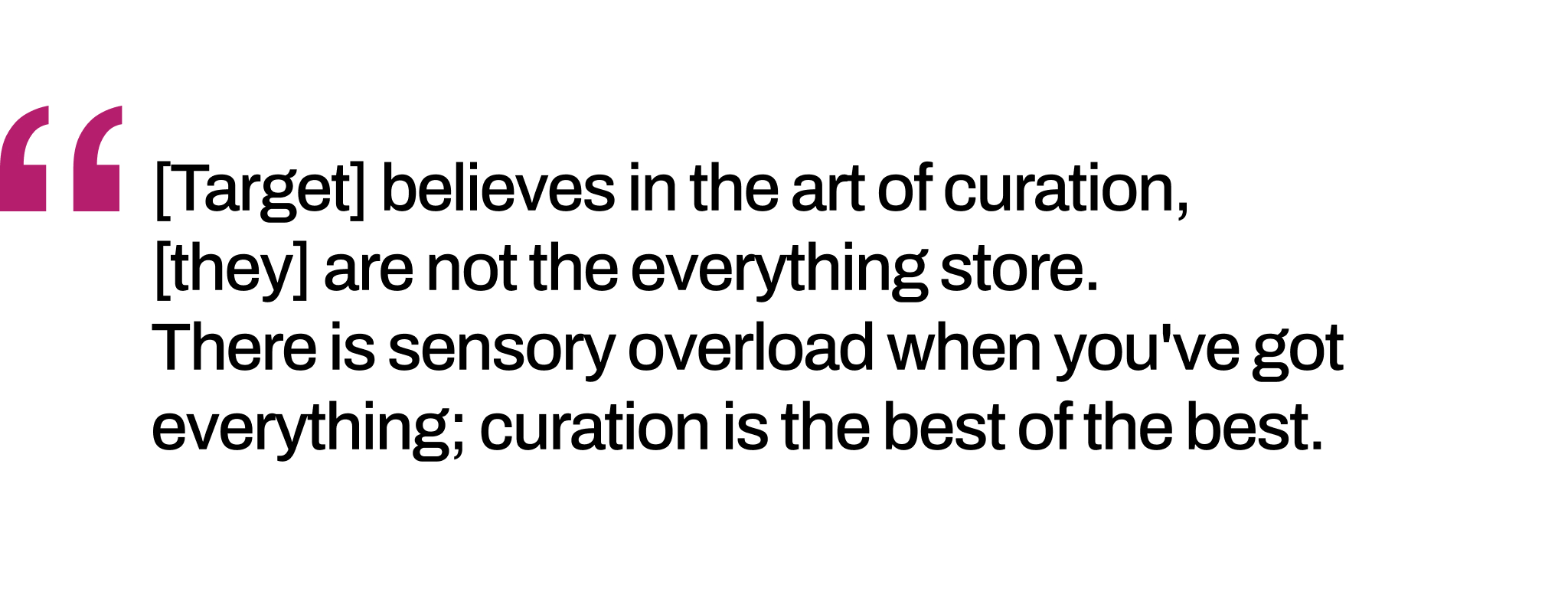Curation vs. The Kitchen Sink: Relevance Lets Retailers Delight Customers and Deliver Value

Lately, there’s been a buzz in the retail industry about how businesses are approaching guest experiences. Instead of bombarding guests with excessive marketing, there’s a growing focus on curating interactions, with retailers taking a thoughtful, quality-over-quantity approach to engaging with guests.
Despite guests welcoming this change, it does present obstacles for retail marketers. Finding the right balance between maximizing site inventory value and delivering relevant guest experiences remains a challenge. Competing priorities within internal teams can slow efforts to drive customer lifetime value (CLV). As a result, executing multiple marketing objectives can lead to an overflow of offers, ads, and static placements throughout the guest’s transaction journey, further complicating the retailer’s ability to drive better guest interactions.
While personalization technologies can offer efficiencies when it comes to managing inventory or ways for guests to interact at multiple touchpoints, they weren’t built for the transaction moment. So, while an offer may be personalized, it lacks relevance. By tailoring experiences for individual guests based on their specific needs, preferences, and behaviors during the transaction moment, retailers can enhance the value of their assets through relevance. All of this was on full display at industry events like South by Southwest (SXSW) and ShopTalk this year. And while many have provided great recaps of each event, what’s more relevant to retailers is what connects them.
The Paradox of Choice: Less is More
To successfully curate an experience, we must first recognize the Paradox of Choice. 46% of US consumers say they feel exhausted by how many choices they sort through online and report that cluttered and irrelevant experiences actually reduce their likelihood of continuing shopping and converting.

As Target’s Chief Guest Experience Officer, Cara Sylvester, recently shared with attendees at South by Southwest (SXSW); “[Target] believes in the art of curation, [they] are not the everything store. There is sensory overload when you’ve got everything; curation is the best of the best.” And, as with most things Target does, their new loyalty program is grounded in the guest: “We want all guests to feel welcome, connect one-to-one, and [to] do personalization at scale. One-size-fits-all is the way of the past!”

It may sound obvious, but how many times have we all experienced a lack of relevance when shopping online? Sometimes this comes in the form of being shown the same loyalty program prompt repeatedly when you’ve already been a member for years. Other times it’s encountering the same cluttered shopping journey littered with offers you’ve previously said no to. These impersonal interactions can foster the perception that the brand is not listening to you, ultimately jeopardizing brand loyalty and guest CLV in the long term. For this reason, it’s imperative that marketers tap into strategies and tools that help ensure that each guest receives the most valuable and relevant experience to them.
Similarly to Target, the less-is-more approach also aligns with our own philosophy, where we understand that simplicity and relevance enhances the shopping experience. Rokt defines relevance as combining interest and value. By reducing choice, you increase interest, and by creating a valuable exchange, you drive higher CLV and engagement.
The Value Exchange is Where Relevance Rules
Our 2023 report with The Harris Poll showed that a majority of guests are willing to exchange first-party data for tailored shopping experiences, with 71% saying that they would shop the same amount or more with a company that leverages first-party data to deliver a more relevant experience online. This is higher among younger generations, with 77% of Gen Z and 81% of Millennials eager to make this trade.

Lowe’s understands that loyalty is built from a value exchange. Amanda Bailey, Vice President of Customer Marketing & Loyalty at Lowe’s, touched on this in her ShopTalk session this year. For Lowe’s, she stated; “Customer data is at the foundation of loyalty,” and in giving you their data, guests expect, in exchange, a seamless experience. “[Lowe’s] has identified that loyalty can be gained if there is clear benefit or value-add to the experiences”. The challenge lies in tying these elements together into a tangible, curated, 1:1 experience.

Relevance technology solutions, powered by first-party data, can support efforts to curate the shopping experience for each individual guest. Retailers can leverage advanced machine learning to transform their first-party guest data into actionable insights about the guest’s preferences, the messages most likely to resonate with them, and how (and when) these messages should be displayed.
Instead of relying on static site inventory that delivers the same messages to all guests, relevance solutions like Rokt can create flexible guest touch points across the buying journey. These solutions empower teams to continuously test and experiment with dynamic messages and placements that drive not just meaningful interactions with guests but delightful ones that deliver powerful results for retailers.
Creating a value exchange grounded in relevance presents a significant opportunity for brands and marketers. By focusing on curating the shopping experience and delivering meaningful interactions, they can enhance customer loyalty, increase CLV, and drive business results. To capitalize on this opportunity, brands and marketers that lean into emerging strategies and AI technology will have a competitive edge. Ultimately, this leads to a win-win situation: a more satisfied guest and a path to long-term growth.

